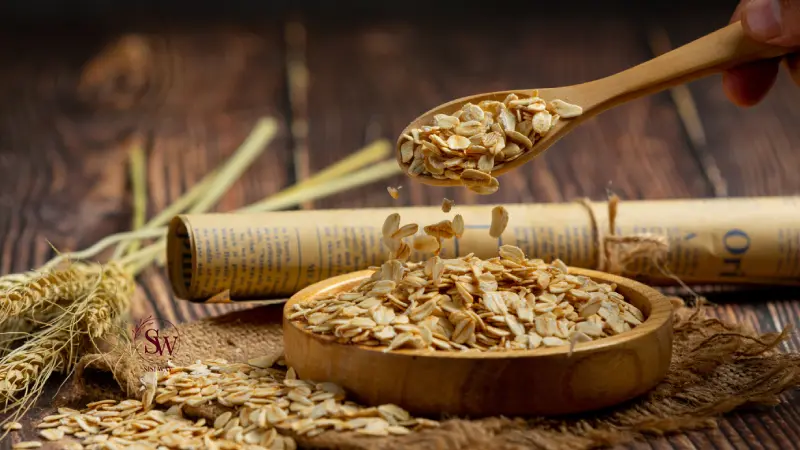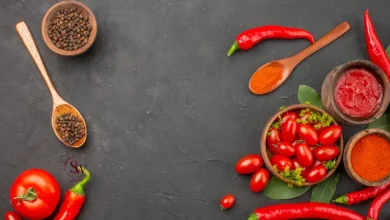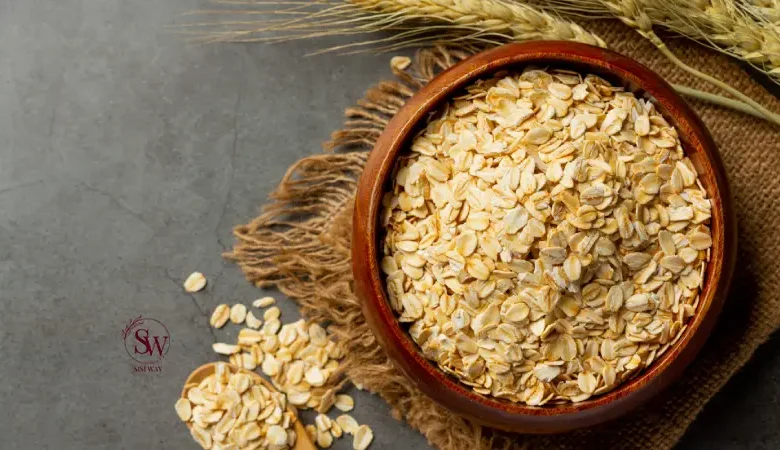
In the realm of breakfast choices, oatmeal stands tall as a timeless classic. Its wholesome reputation precedes it, adorned with labels like “heart-healthy” and “nutrient-rich.” But is oatmeal truly deserving of such acclaim, or is it merely a product of clever marketing? Let’s delve into the science behind this humble grain to uncover its true potential and explore whether oatmeal is indeed good for you.
The Nutritional Profile of Oatmeal
Before we delve into its health benefits, let’s first dissect the nutritional composition of oatmeal. Oatmeal is derived from oat groats, which are the whole grains produced by oats. Here’s a breakdown of the key nutrients found in a one-cup serving (approximately 234 grams) of cooked oatmeal:
- Calories: 166
- Carbohydrates: 28 grams
- Dietary Fiber: 4 grams
- Protein: 6 grams
- Fat: 3.6 grams
- Iron: 10% of the Daily Value (DV)
- Magnesium: 15% of the DV
- Phosphorus: 14% of the DV
- Zinc: 10% of the DV
- Folate: 11% of the DV
- Vitamin B1 (Thiamine): 11% of the DV
- Vitamin B5 (Pantothenic Acid): 5% of the DV
Health Benefits of Oatmeal
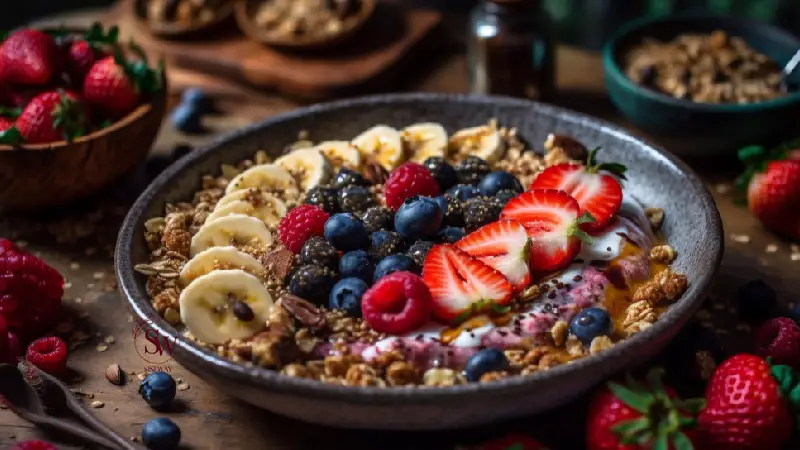
- Heart Health: Oatmeal is renowned for its heart-healthy properties, primarily attributed to its high soluble fiber content. Beta-glucan, a type of soluble fiber found in oats, has been extensively studied for its cholesterol-lowering effects. Consuming oatmeal regularly can help reduce levels of LDL cholesterol, often referred to as the “bad” cholesterol, thus lowering the risk of cardiovascular diseases.
- Blood Sugar Regulation: The soluble fiber in oatmeal not only aids in lowering cholesterol but also plays a crucial role in regulating blood sugar levels. By slowing down the absorption of glucose into the bloodstream, oatmeal helps prevent spikes and crashes in blood sugar, making it an excellent choice for individuals with diabetes or those aiming to manage their blood sugar levels.
- Weight Management: Oatmeal’s high fiber content imparts a feeling of fullness, which can help curb hunger cravings and promote satiety. As a result, incorporating oatmeal into your diet may assist in weight management by reducing overall calorie intake and preventing excessive snacking between meals.
- Digestive Health: Fiber is essential for maintaining a healthy digestive system, and oatmeal is packed with it. The insoluble fiber present in oats adds bulk to the stool, promoting regular bowel movements and alleviating constipation. Moreover, the soluble fiber acts as a prebiotic, nourishing the beneficial bacteria in the gut and promoting a thriving gut microbiome.
- Nutrient Density: Oatmeal is not only a rich source of fiber but also contains an array of essential vitamins and minerals, including iron, magnesium, phosphorus, and B vitamins. These nutrients play vital roles in various physiological processes, such as energy production, immune function, and bone health.
Is Oatmeal Gluten-Free?
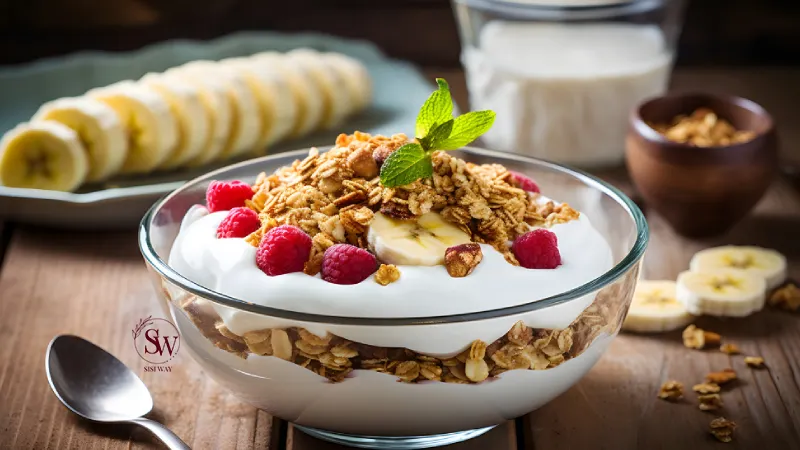
One of the key considerations for many individuals when it comes to oatmeal is its gluten content. Gluten is a protein found in wheat, barley, and rye, which can cause adverse reactions in people with gluten sensitivity or celiac disease.
While oats themselves are naturally gluten-free, they are often processed in facilities that also handle gluten-containing grains, leading to potential cross-contamination. Therefore, individuals with gluten intolerance should opt for certified gluten-free oatmeal to ensure that it has not come into contact with gluten during processing.
For those without gluten sensitivity, regular oatmeal should pose no issues. However, it’s always wise to check the label and opt for certified gluten-free products if there are concerns about gluten contamination.
FAQs About Oatmeal
Can oatmeal help with weight loss?
Yes, oatmeal can aid in weight loss due to its high fiber content, which promotes feelings of fullness and reduces overall calorie intake.
Is instant oatmeal as nutritious as traditional oats?
Instant oatmeal is often processed to a greater extent and may contain added sugars and preservatives. While it retains much of its nutritional value, traditional oats, such as steel-cut or rolled oats, are generally considered the healthier option.
Can oatmeal be included in a low-carb diet?
Oatmeal is relatively high in carbohydrates compared to other foods, so it may not be suitable for strict low-carb diets. However, it can still be consumed in moderation as part of a balanced diet.
In conclusion, oatmeal is undoubtedly a nutritional powerhouse, offering a plethora of health benefits ranging from heart health and blood sugar regulation to weight management and digestive wellness. Incorporating this wholesome grain into your diet can be a simple yet impactful step toward enhancing your overall health and well-being. So, the next time you’re pondering your breakfast choices, consider reaching for a warm bowl of oatmeal and savoring the goodness it has to offer.
